Combine AR with Education: Proposal of Immersive Art Experiences and Tabletop Puzzle Games
The biggest advantage of combining augmented reality and education is to dispel the boundary between our world and the fictional world, so students can easily immerse themselves in the projects. The following are three successful projects designed by professor Yi-Wang.
Oh dear! I make the food a lot BIGGER
In this project, students can travel into their own creation of food by using mixed media, green screen matting and augmented reality. With each student’s unique idea and acting skill, they can create masterpieces full of hilarity, such as changing into burger stuffing, or get locked inside a milk bottle. At last, we set all the videos and paintings as AR target, so that every visitor can take part in this fantastic graduate art exhibition.
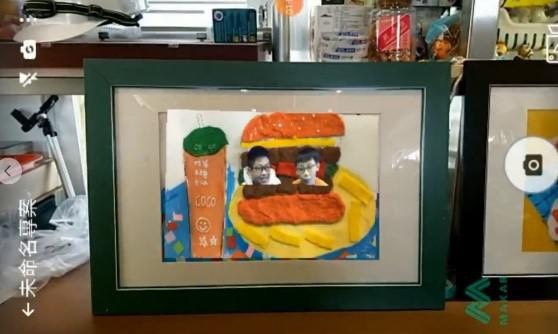
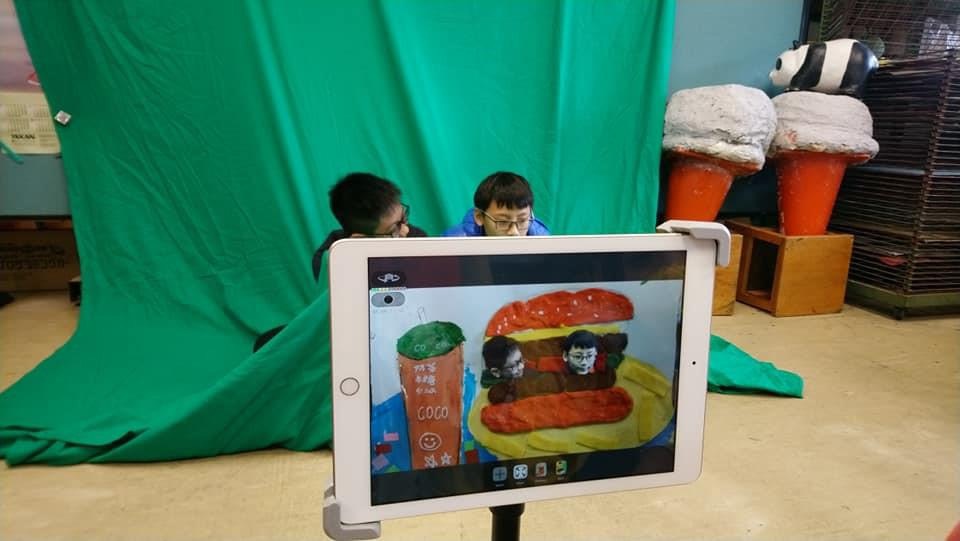
“Sleepwalking in Chibi”
Set off a journey into the painted world of Imitating Zhao Bosu’s “Latter Ode on the Red Cliff”, a famous painting created by Wen Zhengming, now contained in National Palace Museum. Characters will come alive through AR technology, travel along with players in Chibi. Using AR target image with different trigger ways and in concert with puzzle items and game application, the goal is to look for Emperor Qianlong’s lost Ex-libris seal. The aggregate of technology, puzzle, literature and art appreciation surely narrows the gap between players and the taste of classic arts.
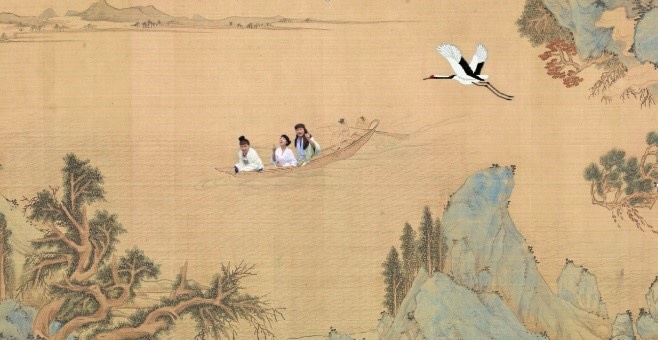
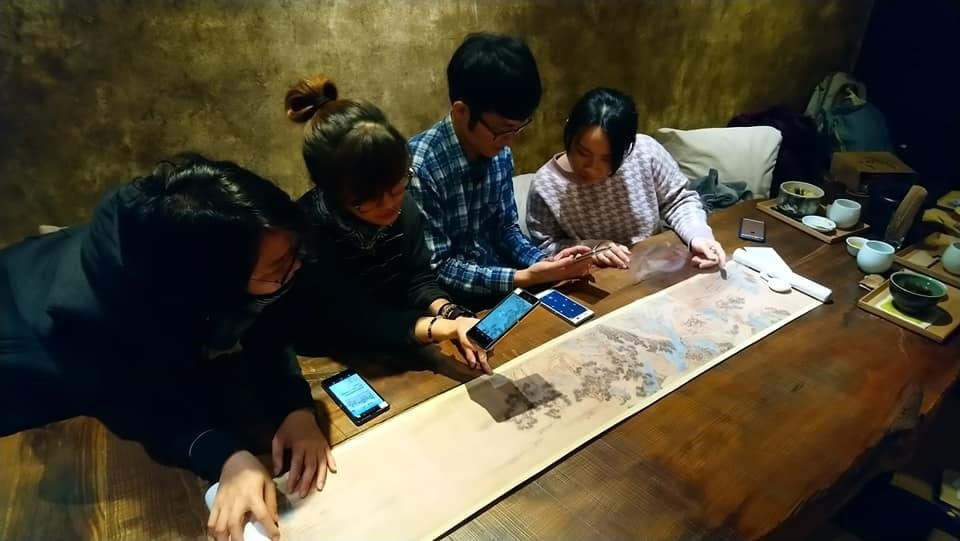
“My first AR Puzzle Pop-up Book”
Besides the 2D trigger effects of target image, MAKAR editor also supports 3D model as trigger effects. By using physical pop-up book, augmented reality and 3D model to create a puzzle game. Players can use AR to scan four rooms and objects such as bookcases, fireplaces, toilets or books from the pop-up book, to search for hidden animals and clues to solve the mystery. Players can enjoy exploring and brainstorming in those pop-up book pages, just like a tabletop version of escape room.
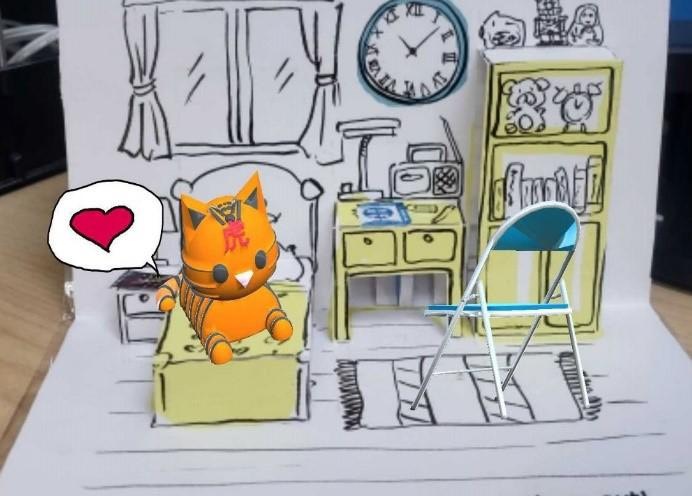
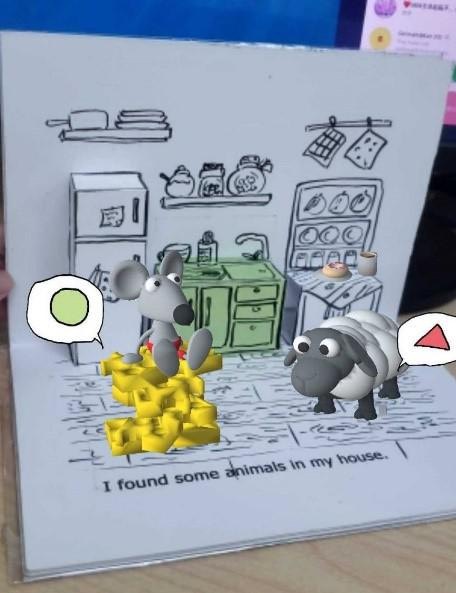
(Image credit:Yi-Wang)
